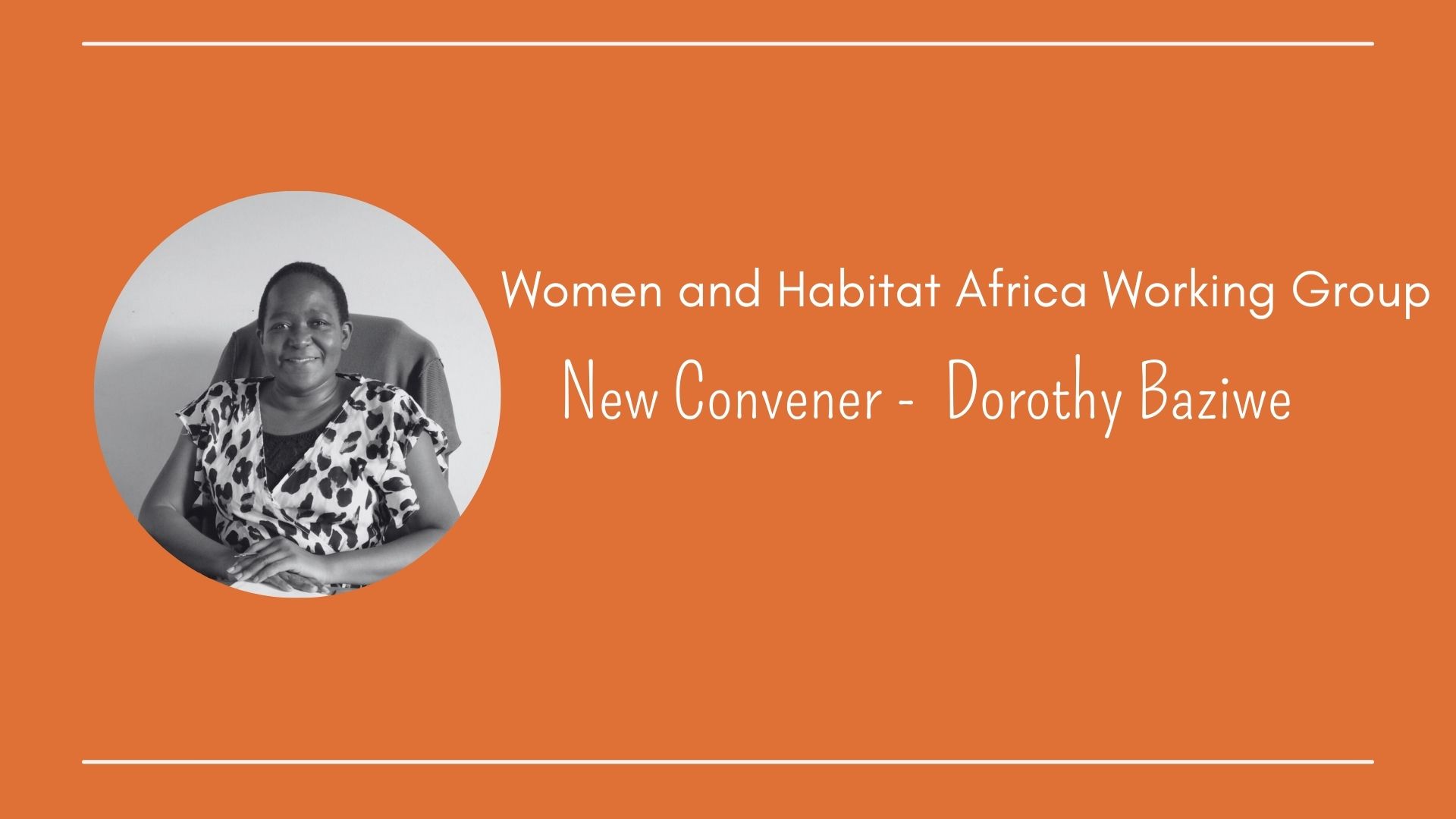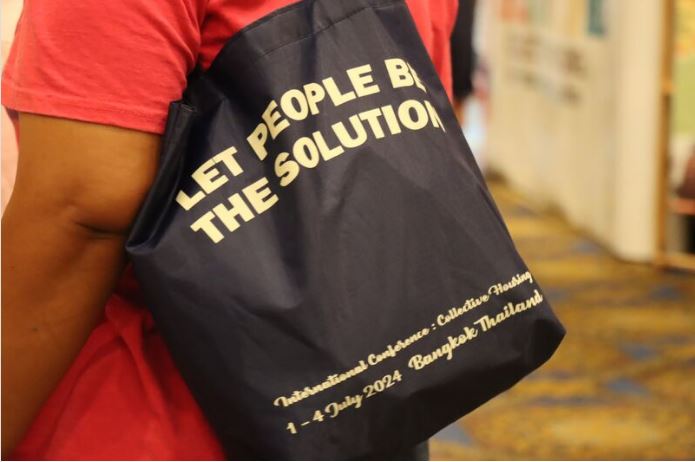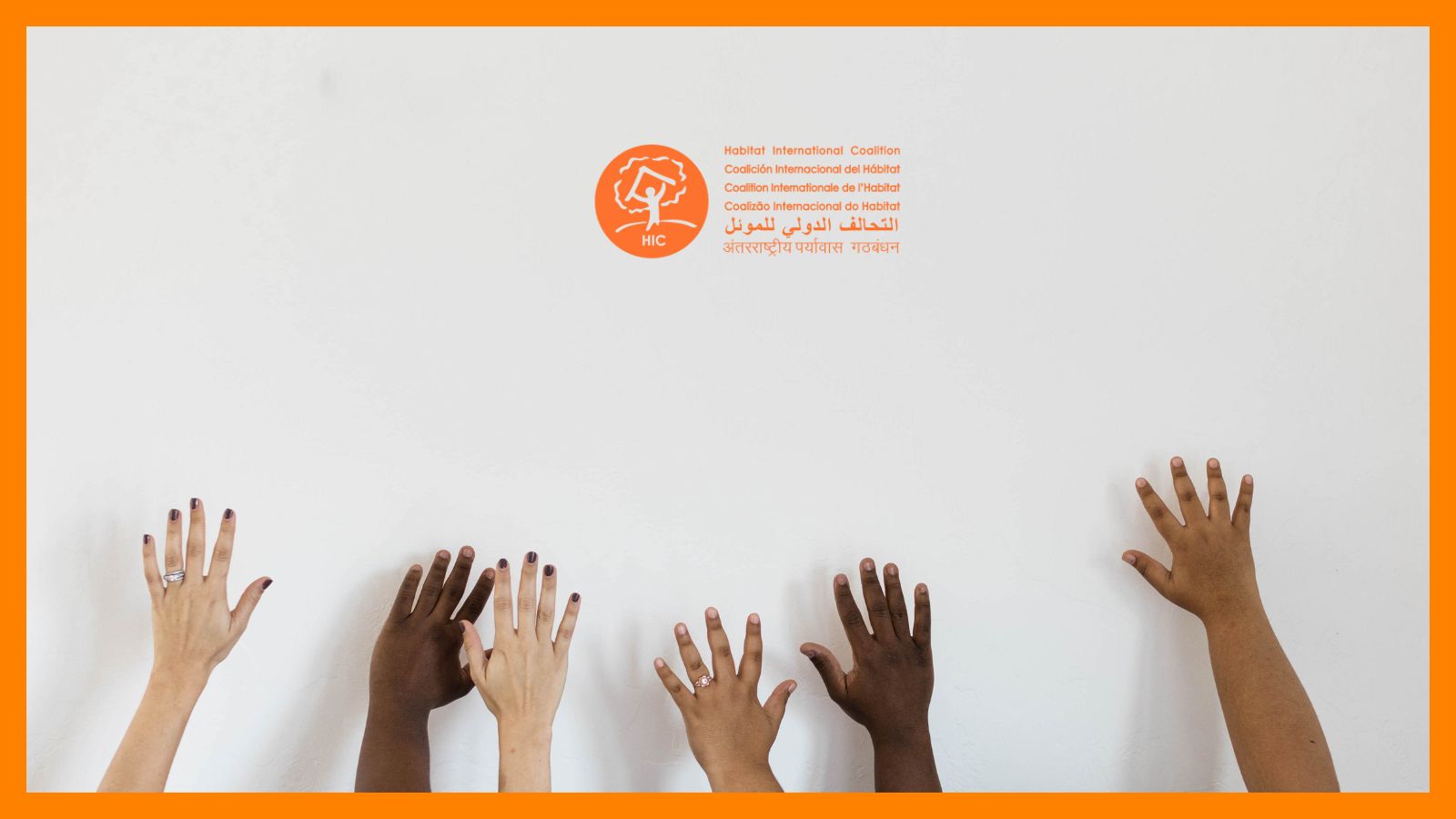After almost three years, including the last four
months of intense and not always easy negotiations, the text of the so-called New Urban Agenda (NUA) is finally ready
for approval during the UN third
Conference on Housing and Sustainable Urban Development in Quito, Ecuador
(Habitat III). Some voices are quite satisfied with both the process and
the outcome so far, while others are not. Some voices are optimistic about the
implementation and follow-up measures that have been established; others are
not. What is certainly clear is that the general balance cannot be framed in a
categorical ‘all or nothing’ formulation.
Thorough the process, several civil society
organizations, including Habitat
International Coalition (HIC)[1]
and the Global Platform for the Right to
the City (GPR2C)[2],
in partnership with United Cities and Local Governments (UCLG)[3],
have participated at several of the preparatory steps, such as the regional and
thematic official meetings, multiple editions of the Urban Thinkers Campuses
and the General Assembly of Partners. At the same time, our members were
engaged in the Policy Units responsible for drafting the substantive inputs for
the New Urban Agenda`s first Draft (May 2016), and we collectively reviewed and
provided feedback on many of the subsequent versions as well as the Issue
Papers released since May 2015.
For over a year now, we strongly campaigned for the
explicit inclusion of the right to the
city[4]
as the cornerstone of the NUA, gaining support from some countries and strong opposition
from others. This concept actually became one of the key hot topics during the
debates and negotiations that ended up with the current consensual formulation.
Thank to international mobilization and tireless advocacy activities at
multiple levels, its definition and many of its main principles and contents
are now part of the ‘shared vision’ in the Quito Declaration (paragraphs 11-13)
that the world leaders will subscribe later in October, making this the first time that this concept is
included on an international agenda signed by national governments at the UN
level.
The synthetic definition
refers to the ‘equal use and enjoyment of
cities and human settlements, seeking to promote inclusivity and ensure that
all inhabitants, of present and future generations, without discrimination of
any kind, are able to inhabit and produce just, safe, healthy, accessible,
affordable, resilient and sustainable cities and human settlements, to foster
prosperity and quality of life for all’. They also recognize ‘the efforts of some national and local
governments to enshrine this vision, referred to as right to the city, in their
legislations, political declarations and charters.’
Among the key more specific components is worth mentioning:
–
The
respect and guarantee of all human rights and gender equality for all;
–
The
social function of land, the public control of gentrification and speculation
processes, and the capture and distribution of land value increments generated
by urban development;
–
The
promotion and support of a broad range of housing options and security of
tenure arrangements, including the social production of habitat and rental,
collective and cooperative models;
–
The
prevention of forced evictions and displacements, as well as tackling
homelessness and combating its criminalization;
–
The
relevance of quality public spaces for several aspects of the urban life;
–
The
recognition of the contributions from the informal sector and the social and
solidarity economy to the urban economy as a whole;
–
The
commitment to a sustainable and responsible management of natural, heritage and
cultural goods, and;
–
The
integrated vision of the territory beyond the urban-rural divide, understanding
regions interactions and responsibilities beyond administrative boundaries.
Although all the references to
‘democracy’ have been removed from the text after the first draft, there are
several mentions to the promotion of substantial citizen’s and social
participation in the design, implementation, monitoring and evaluation of public
policies and national and local budgets. The need of a greater
inter-institutional coordination inside and between the different government
sectors is also mentioned, as well as the recognition of the key role of
subnational and local governments in advancing towards more inclusive,
participatory and sustainable cities.
But we are not naïve and we know that having those
values and commitments in paper will not be enough. We also know that many of
those same values and commitments were already enshrined in the Habitat Agenda
(1996) and even before, as part of the Vancouver Declaration (1976).It will
take not only inter-institutional coordination (as the NUA now recommends) but
also long-term vision and policy
coherence between economic (including financial and fiscal), political,
social, cultural and environmental measures that today are not aligned in terms
of their goals and means, and that result in contradictory and even
counterproductive outcomes.
For
decades now several voices have been claiming for a paradigm change to understand cities, human settlements and
territories as common goods -for the present and the future generations- that
are co-created and should be co-managed. One key component of that paradigm
change will be to truly put people at the center, promoting, respecting and
guaranteeing human rights for all, enhancing social participation at the
decision making and public policies implementation processes, to strengthen
democracy, transparency and accountability. Activists, communities and
grassroots organizations are key protagonist of the current progressive
transformations our human settlements are facing and they should be recognized
and supported as such.
A real change
of paradigm will necessarily include a serious questioning of the current
production, distribution and consumption patterns, of goods and services in
general and of human settlements in particular. The mantra of the ‘sustained
economic growth’, repeatedly mentioned in the NUA, is clearly not compatible
with the social justice and the planetary boundaries. It will also require a
cultural change and a profound revision of our values and symbols that put
greed and profit above everything else.
Many organizations and some local governments around
the world consider that, as a political and programmatic agenda, the right to the city offers concrete
instruments to reshape human settlements as common goods and collective
creation. Moving towards the implementation of the paradigm on cities and
territories as rights, and not as commodities, will certainly require
fundamental changes in the conceptions, knowledge, attitudes and practices of a
wide range of actors and institutions at multiple levels.
Some of those will include of course the political
will, democratic behaviours and skills of public servants at national,
subnational and local levels. It will also require a profound transformation of
the current curricula and professional experience of the many fields related to
human settlements: architects, engineers, urban planners, lawyers but also
economists, policy makers and diplomats. The business schools will need to
incorporate human rights and territorial and sustainability approaches if we
really want to put people and nature at the center of our concerns and actions.
Given
the current urban, housing and land crisis, we have no time to wait to make the
changes on the ground. As we see it, the ´success´ of the Habitat III
Conference should be measure by the concrete policies to address the shockingly
growing inequality and spatial segregationat local, national and international
level.
The
UN system will also need to tackle the current urbanization patterns and
challenges, making the right to the city
a key issue on the international agenda and not just something that is
discussed sporadically, every twenty years.
[1]More information available at http://ww.hic-gs.org
[2]The Global Platform for the Right
to the City (GPR2C), launched in 2014 by an
initiative from HIC and the Polis Institute from Brazil, seeks to promote the
adoption of commitments, policies, projects and actions by the United Nations
system and national and local governments aiming at developing inclusive, safe,
democratic and sustainable cities and human settlements. Among the GPR2C
members and partners there are several international organizations such as Action Aid, Cities Alliance, the Committee
on Social, Inclusion, Participatory Democracy and Human Rights of United Cities
and Local Governments (UCLG), the Intercontinental Network for the Social and
Solidarity Economy (RIPESS), the International Fund for the Development of the
Cities (FMDV), the Latin American Faculty of Social Sciences, Habitat for
Humanity, the Huairou Commission, the International Alliance of Inhabitants
(IAI), Shack/Slum Dwellers International (SDI), Techo, Women in Cities
International (WICI), Women in Informal Employment, Globalizing and Organizing
(WIEGO), the Avina and the Ford Foundations; as well as several Brazilian
organizations including the National Forum for Urban Reform (FNRU), the
National Front of Mayors (FNP), the Association of Municipalities (ABM) and the
Institute for Urbanistic Law (IBDU). For more information visit: http://www.right2city.org/
[3] More information available at https://www.uclg.org
[4] The French philosopher, geographer and sociologist
Henri Lefebvre first coined this concept while he was a professor at Nanterre
University studying the urbanization process in the late 1960s. According to
his conceptualization, the right to the city, as a collective and complex
right, is link to the need of democratizing the urban life, not only by
accessing to what already exists but transforming and renewing it. The
fulfillment of the social function of land and property and the right to
participate at the decision making process were key elements in his prolific work.
For more references see the book edited by Neil Brenner, Peter Marcuse and
Margit Mayer (2012) Cities for People,
Not for Profit. Critical Urban Theory and the Right to
the City, Routledge, NYC.


